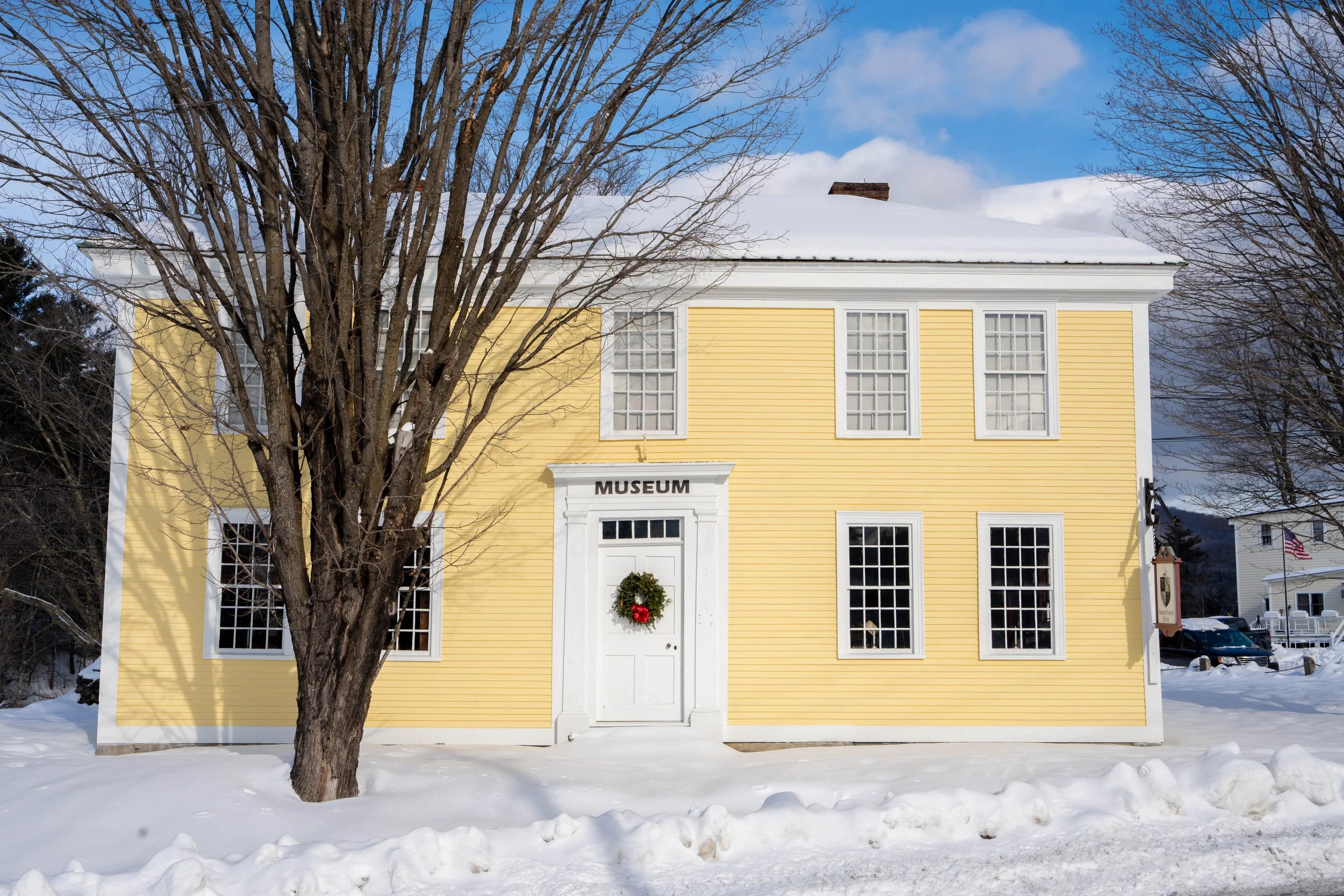Farrar-Mansur House & Museum
1797 Tavern & Museum Since 1932
The Farrar & Mansur Years
Built in 1797 by Captain Oliver and Polly Farrar, it served as a tavern and masonic lodge. The Farrars raised 13 children, who all survived to adulthood. The first town meeting was held here, March 3, 1800.
In 1857, Franklin Mansur, whose father, John Mansur, was an early resident of Andover, acquired it as a dwelling. Four generations of was Mansurs lived in the house. In 1932 Frank Mansur offered it to the Weston Community Association as a gift, provided that it be repaired and restored to its original condition and maintained as an historic museum. Today, more than 93 years later, it remains open to the public and visited by thousands each year.
Special Rooms
The Museum’s rooms are dedicated to people who lived in the house featuring items and portraits from their descendants: The Kitchen, Willis Kendall Smith Room, Children’s Room, Mansur & Tap Rooms, The Parlor, Farrar & Ball Rooms, Spaulding-Bolster-Shattuck Taylor Room, The Library and Attic.
Historic Murals
The Parlor features a series of murals by local artist Roy Williams depicting life in Weston around 1825. These murals are based on information gathered from The Story of Weston, by Timothy Prescott and Raymond Taylor, old photographs and memories of Weston’s oldest inhabitants. The murals were painted by Roy Williams during the 1930s and are themselves now treasured historical artifacts.
The museum today is a living reminder of the Farrar’s family history and the town’s early life. It contains authentic examples of early Vermont furniture, clothing, books, firearms, tools and utensils. It’s real significance lies in the fact that these things once belonged to the very men and women who settled in Weston and whose descendants, in many cases, still live here.
In 2025, visitors continue to be enthralled by the historical artifacts and view into early life in Weston. Volunteer docents bring history to life at what the Boston Globe called “a fine example of an early American Colonial home”.



